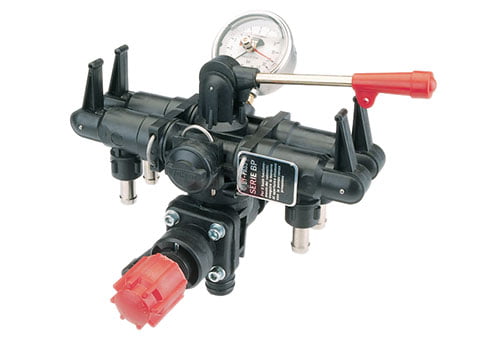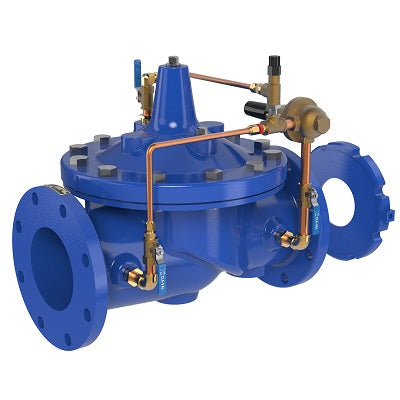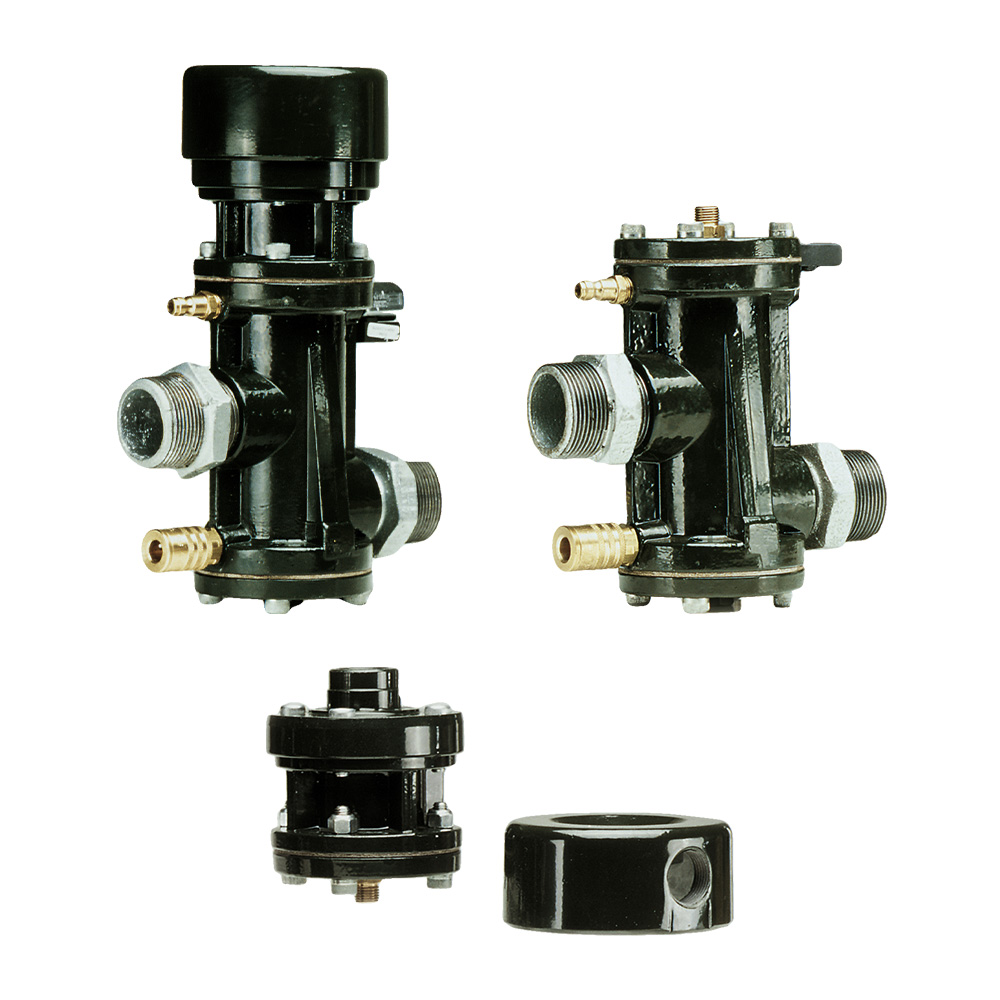Enhancing System Control with High-Performance Control Valves
Enhancing System Control with High-Performance Control Valves
Blog Article
Achieve Seamless Assimilation and Control With Top Quality Building Automation Controls
In the realm of modern building management, the significance of quality structure automation controls can not be overemphasized. Embracing quality building automation controls is not just an issue of benefit but a critical necessary for organizations aiming to optimize their facilities' efficiency and sustainability.

Development of Structure Automation Controls
Throughout the previous couple of years, the evolution of constructing automation controls has dramatically changed the method buildings are managed and run. Originally, constructing automation systems largely concentrated on fundamental functions such as regulating air flow, air, and heating conditioning (HEATING AND COOLING) systems. However, as innovation progressed, these controls have come to be a lot more innovative, enabling a broader variety of building systems to be incorporated and managed centrally.
The advancement of developing automation controls has actually seen a change towards even more smart systems that can adjust to altering conditions in real-time. This versatility is critical for optimizing power efficiency and making certain passenger comfort. In addition, modern building automation controls currently supply features such as predictive upkeep, remote surveillance, and information analytics, enabling facility managers to make data-driven choices to improve building efficiency.

Benefits of Quality Combination
The improvement in building automation manages towards more smart systems has actually emphasized the substantial benefits of quality integration in maximizing structure procedures and improving total effectiveness. This centralized control also offers much better presence and understandings into building efficiency, allowing proactive upkeep and optimization techniques. Overall, the advantages of high quality integration in structure automation controls are indisputable, offering increased performance, convenience, and functional efficiency.
Improved Individual Experience and Accessibility
Enhancing individual interaction with structure automation manages via user-friendly design and boosted ease of access boosts the overall experience for owners and center managers alike. By concentrating on individual experience, building automation systems can become a lot more efficient and user-friendly. Instinctive user interfaces, clear navigation, and customizable settings empower users to connect with the controls quickly and effectively.
Accessibility functions play an essential duty in making sure that all individuals, including those with specials needs, can utilize the building automation manages effortlessly. Integrating attributes such as voice commands, tactile buttons, and color-contrasted screens can improve availability and make the controls extra inclusive.
Additionally, boosted user experience leads to higher individual satisfaction, raised efficiency, and far better decision-making. Residents can adjust ecological setups according to their choices, while center supervisors can efficiently keep an eye on and take care of building systems - control valves. On find the whole, focusing on user experience and availability in structure automation manages adds to a more seamless and effective structure atmosphere for all stakeholders included
Sustainable Practices Through Automation

Additionally, automation can help with the combination of renewable power resources such as solar panels or wind turbines into structure procedures. Through automation, structures can align with modern-day sustainability goals and add to a greener future.
Future Trends in Building Control Solution
In anticipation of evolving and progressing modern technologies sustainability methods, the trajectory of building control systems is positioned to welcome cutting-edge options and transformative methods. One noticeable pattern forming the future of building control systems is the enhanced combination of Expert system (AI) and maker learning. These innovations enable buildings to adapt in real-time to transforming conditions, enhancing power consumption and improving convenience for passengers. In addition, the Web of Points (IoT) is transforming structure control systems by connecting sensors and tools to streamline operations and boost efficiency.
An additional vital fad is the focus on cybersecurity measures to look at here now protect against potential threats to building automation systems. As buildings become more interconnected, guaranteeing Continued robust cybersecurity methods will certainly be crucial to secure sensitive data and prevent unapproved access.
Furthermore, the shift towards cloud-based systems is obtaining energy, enabling streamlined control and remote access to structure systems. This promotes less complicated surveillance, maintenance, and updates, improving the general performance and flexibility of building control systems. As modern technology continues to breakthrough, these patterns are anticipated to shape the future landscape of structure automation controls, driving development and sustainability in the developed setting.
Conclusion
Future trends in building control systems are most likely to concentrate on further improving automation capabilities for enhanced power efficiency and overall efficiency. It is important for structure proprietors and operators to focus on the fostering of quality structure automation regulates to optimize building operations and accomplish lasting sustainability goals.
In the realm of modern-day building administration, the significance of top quality structure automation controls can not be overemphasized. Overall, the advancement of structure automation manages continues to drive advancement in the structure monitoring sector, supplying brand-new opportunities for developing smarter and more sustainable buildings.
The improvement in structure automation regulates in the direction of even more smart systems has actually underscored the significant benefits of quality combination in enhancing building operations and enhancing overall efficiency. In general, prioritizing customer experience and access in structure automation manages contributes to a more seamless and effective building setting for all stakeholders included.
It is important for structure owners and operators to focus on the adoption of high quality building automation manages to enhance structure procedures and attain long-term sustainability objectives. - control valves
Report this page